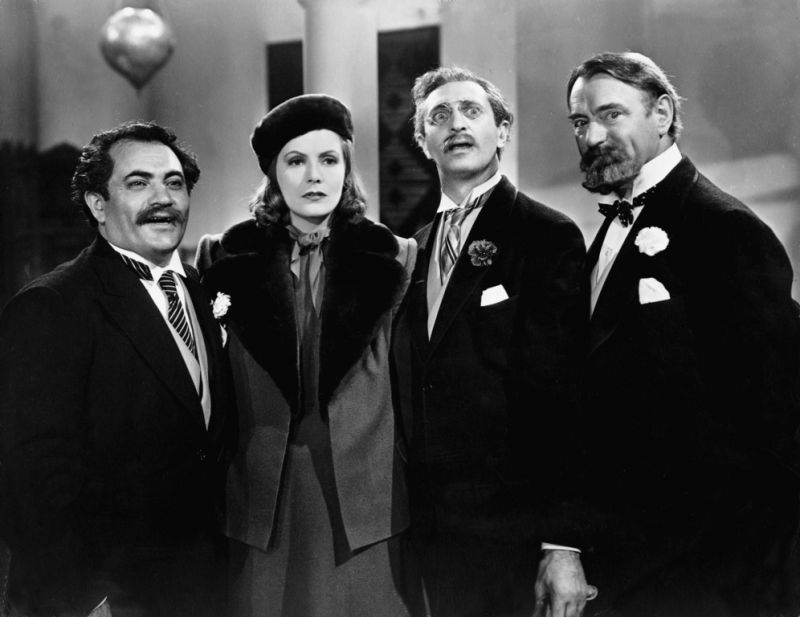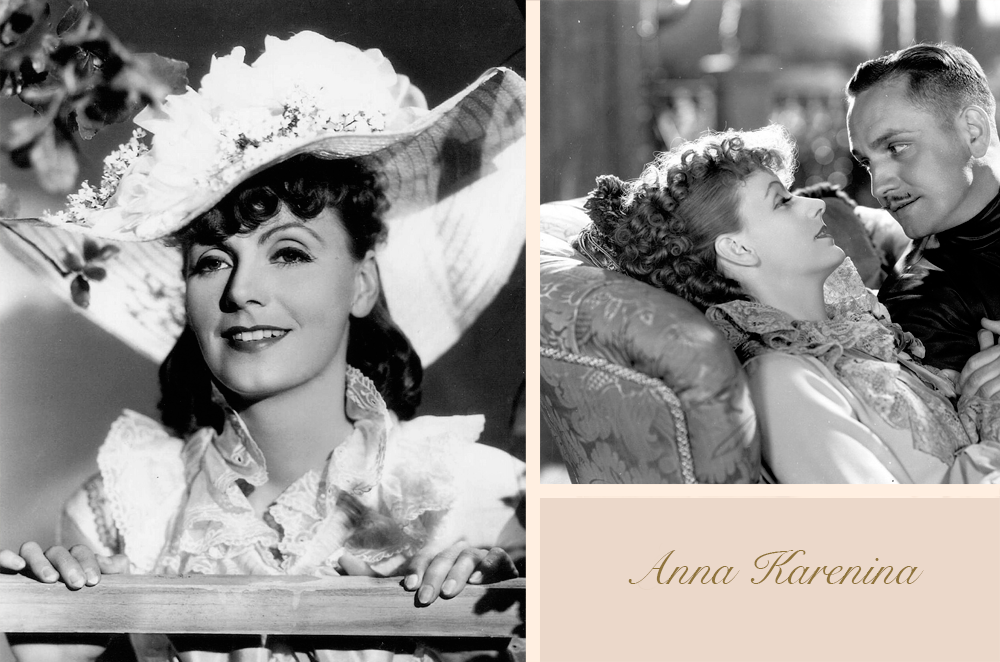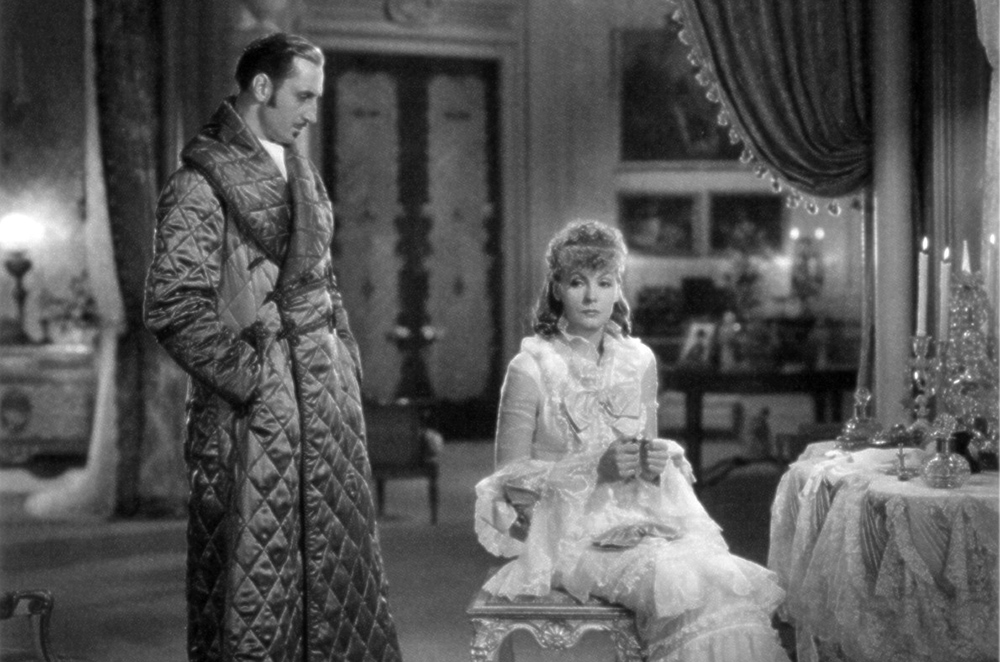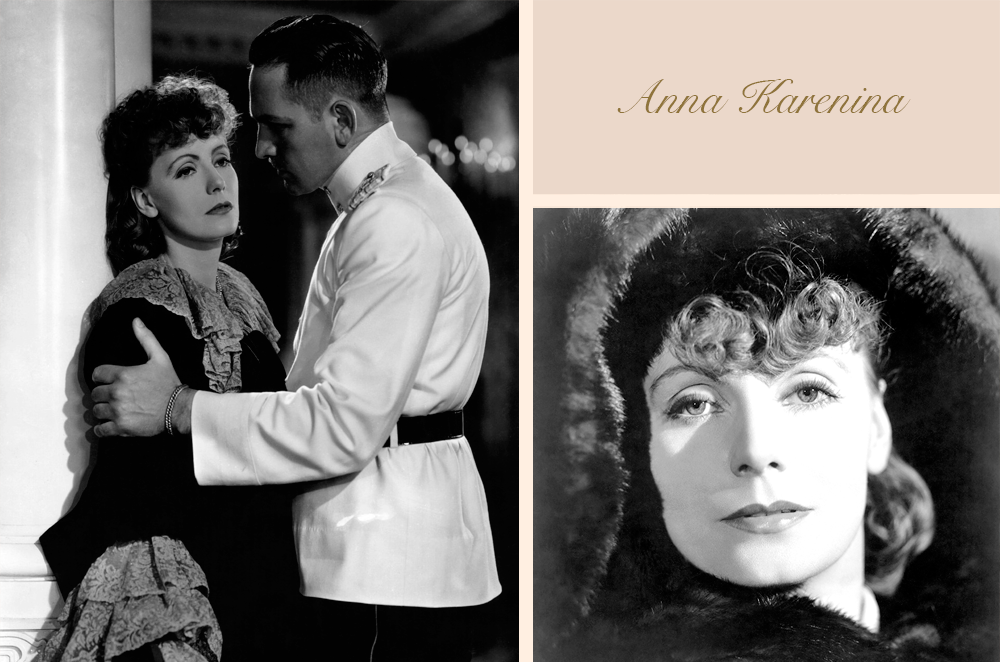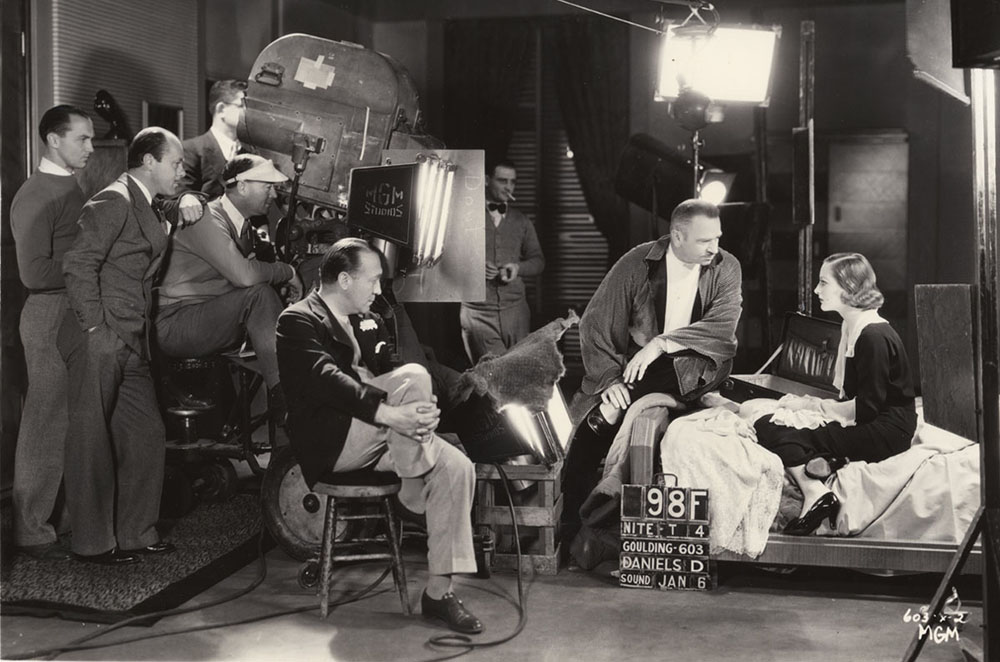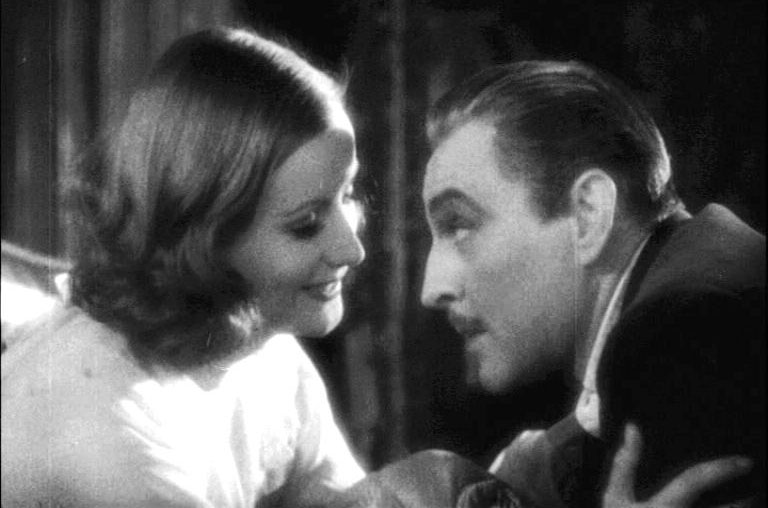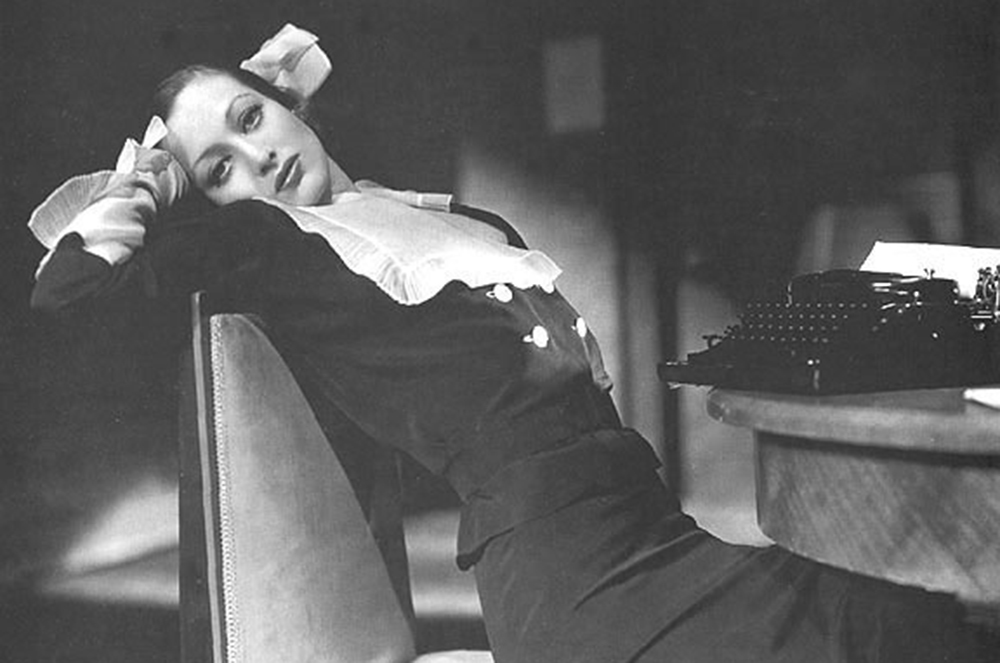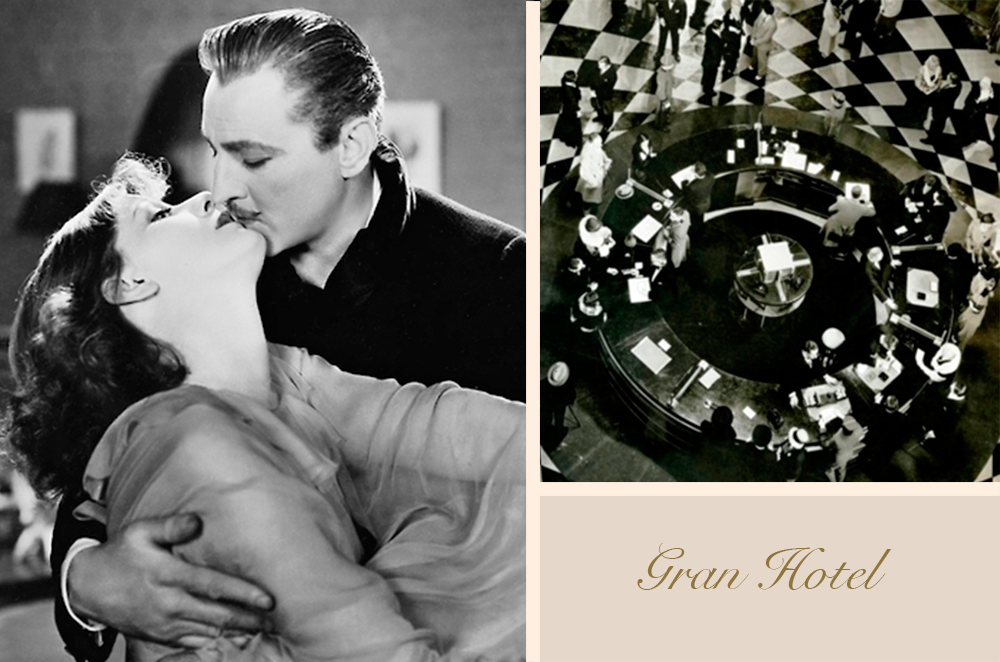Year: 1939
Director: Officially Victor Fleming, although there were more: George Cukor, Mervy Le Roy, Norman Taurog and King Vidor who did the black and white beginning scenes in Kansas.
Cast:
Judy Garland (Dorothy)
Frank Morgan (The Wizard of Oz)
Ray Bolger (The Scarecrow).
Bet Lahr (The Cowardly Lion).
Jack Haley (The Tin-man).
Although it may not seem true, I remembered very little from this film. I think I saw it at a very young age, and my brother’s tale of what happened to him must have also happened to me; that upon seeing the scenes with the witch in the cinema, he was so scared that he had to leave. I barely remembered some of the scenes, for example even the part with Dorothy’s red shoes or, of course, the famous “Over the Rainbow” song.
Last week I proposed to my daughter of 22 years that we watch this movie together at home one afternoon. I am buying all the “Movie Wednesday” films on Amazon, and this section has provided a perfect excuse for the family to spend some afternoons together enjoying good classic cinema.
I’m getting carried away with something else here, however, why I made the previous comment is because I found it curious that neither my daughter at 22 years or me at 50 could take our eyes off the screen for even a second. We both thoroughly enjoyed Dorothy and her friend’s adventures.
I was impressed by the excellent characterization of the personalities: the Scarecrow, the Tin-man, and the Cowardly Lion. What charming and timeless characters! I’m sure that all children would fall in love with them if they saw this children’s cinema classic today, and of course they would all want a “Toto” at home.
Judy Garland is at her best. Her marvelous voice nearly makes you cry when, right at the start of the film, she sings “Over the Rainbow”.
Due to the use of this warm sepia black and white in the scenes in which Dorothy really lives, and the contrasting color in the fantastical scenes, together with the fantastic special effects in the Emerald City scenes and the music and the simplicity of the story itself, make an immortal children’s cinema classic of “The Wizard of Oz”.
Although referred to as corny by many, one cannot deny the intense emotions of a film thought of for a children’s public. It is film where the adult enters the world of the film with the same eagerness as the smallest of human beings.
Very few times, if ever, has a film thought up for the smallest and youngest, been kept so alive and continues to keep us stuck to our seats.
To those of you with children I propose to you a night of classic cinema with the youngest in your household. I would love for you to then tell me if they were at all frightened, or if the children of this generation don’t get scared as easily as we did.
Awards:
- Oscar for the Best Original Song (Over the rainbow) to Harold Arlen and E. Y. Harburg (music and lyrics). Oscar for the Best Original Soundtrack.
- Nominated Oscars for the Best Film, Best Photography, Best Art Direction and Best Special Effects.
- Nominated at the Palme d’Or Cannes Film Festival for the Best Director (Victor Fleming) in 1939.
Curious Facts:
- Many of Margaret Hamilton’s (the witch) scenes were deleted from the final editing, as they resulted too frightening and, after all, this was a film meant for young children.
- Judy Garland had to wear a very tight corset to reduce her chest size, in order to give her a more infantile appearance. She was 17 year old.
- Whilst the munchkins received a salary of 50 dollars per week of work, the dog got 125 dollars for the same period.
- The song “Over the Rainbow” was nearly excluded from the recording for being too long. On one occasion, Judy Garland started to cry in the scene, together with all the film crew, due to the song’s sadness.
- This same song is in the list of 100 best Hollywood songs of all time, according to the American Film Institute.
- The jacket worn by Frank Morgan (The Wizard of Oz) has a very curious story. Whilst looking for a jacket that would adapt to the character’s personality, they found it in a second hand shop. Later, on one of its tags, the jacket confirmed that it belonged to L. Frank Baum, the author of the original “The Wizard of Oz” books. Upon terminating the filming, the jacket was given to his widow.
- Judy Garland wanted to keep the dog (Toto) after two weeks of living together during the filming, however, unfortunately the owner refused.
- Despite Judy Garland being the favorite for the role of Dorothy, Shirley Temple and Deanna Durbin also came close to getting the role.
- In 2007 the American Film Institute placed it at number 10 of the Best Films of all times.
- The lion costume weighed nearly 50 kilos and was made of real lion fur.
- Walt Disney arrived too late to get the rights to the movie. Louis B. Mayer made sure to get them before, with the objective of improving the enormous success of “Snow White and the Seven Dwarves”.
- MGM paid 75,000 dollars for the rights to the film, an enormous sum for the time.
- The film was reedited in 2013 in 3D, making it the oldest film to which this has been done.
Vídeos:
Somwhere over the rainbow:
Movie Trailer:
Complete Film (in English):
http://youtu.be/zYVau8-POS0
Images: cineol.net, cupon.es, diario-de-una-cinefila-wordpress y dr-macro








